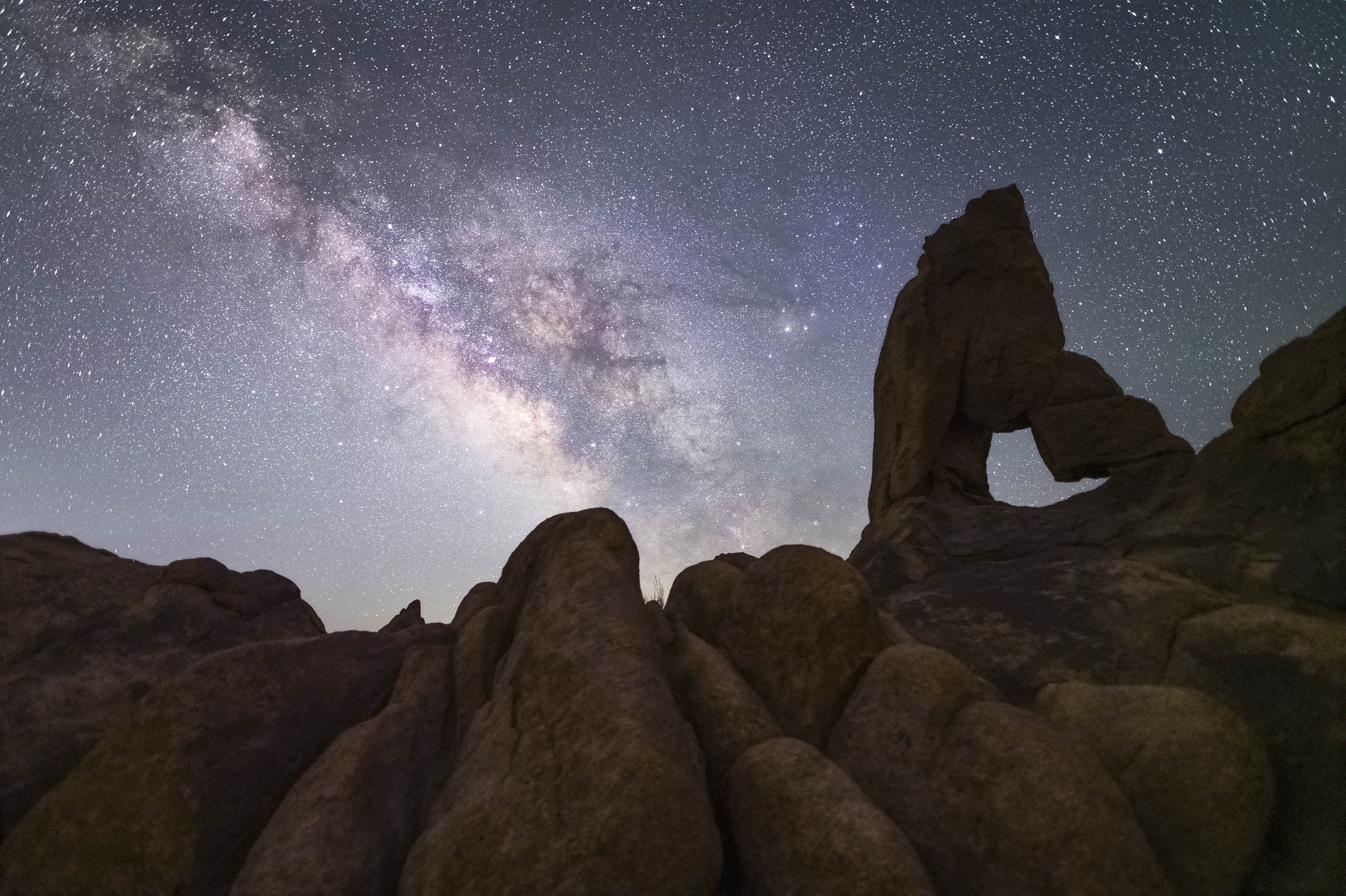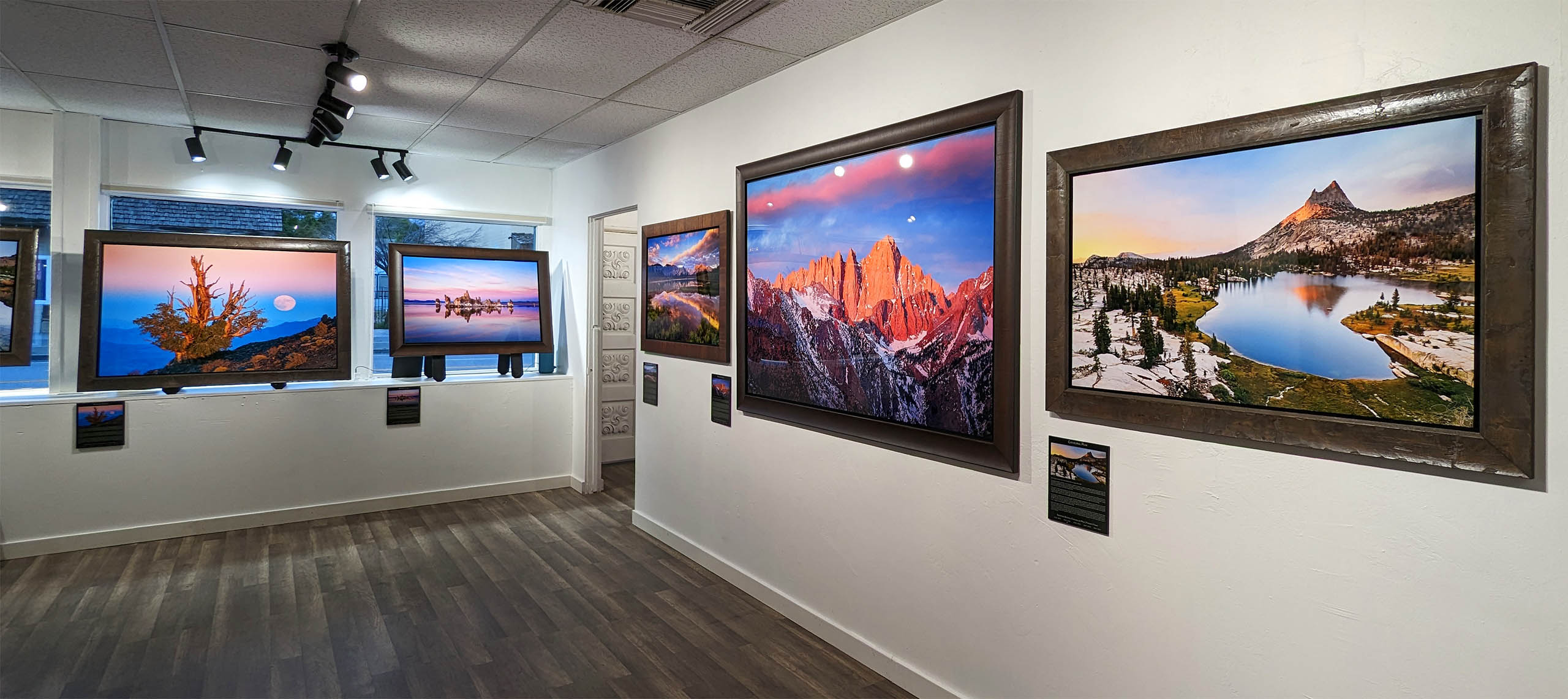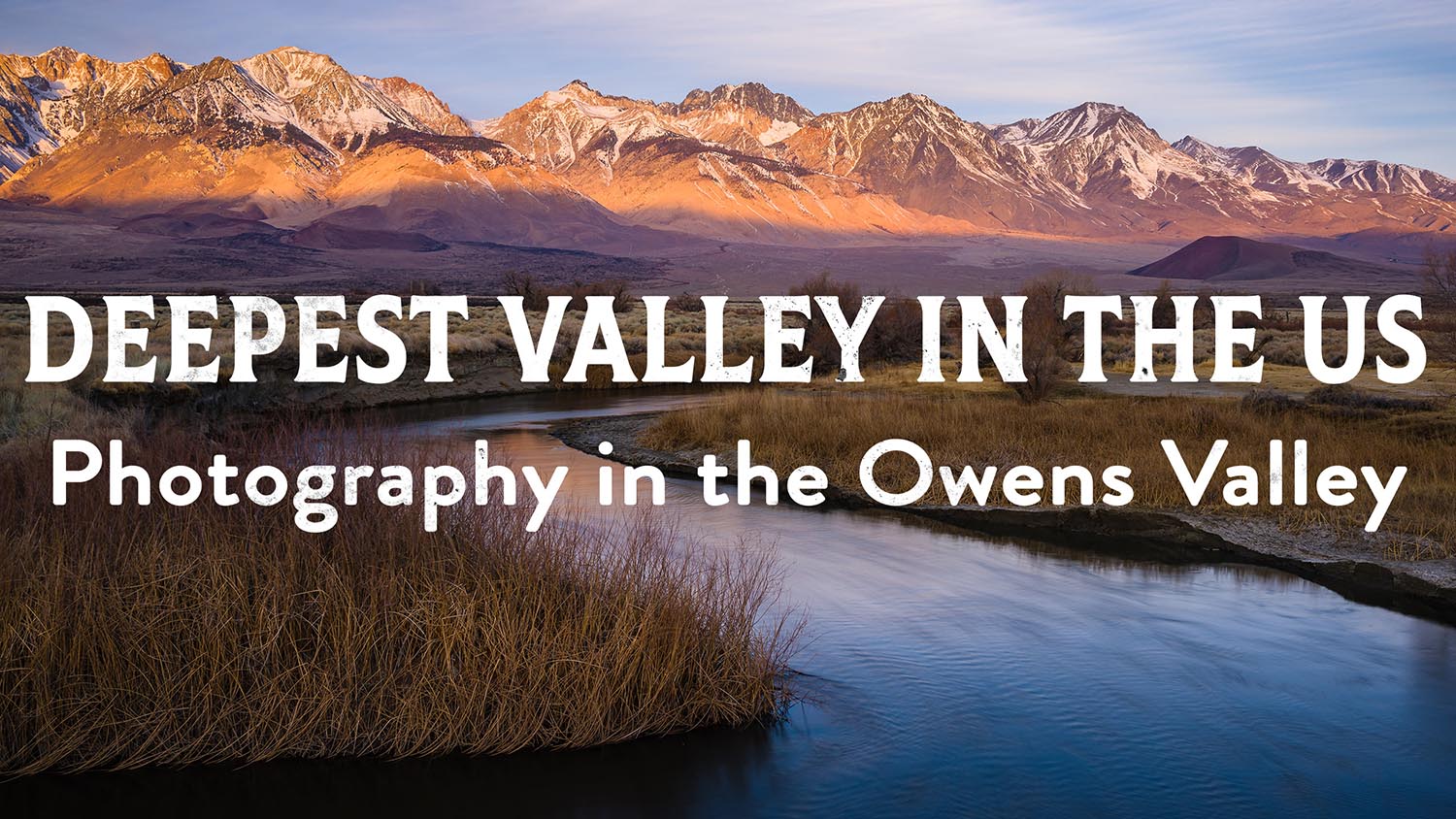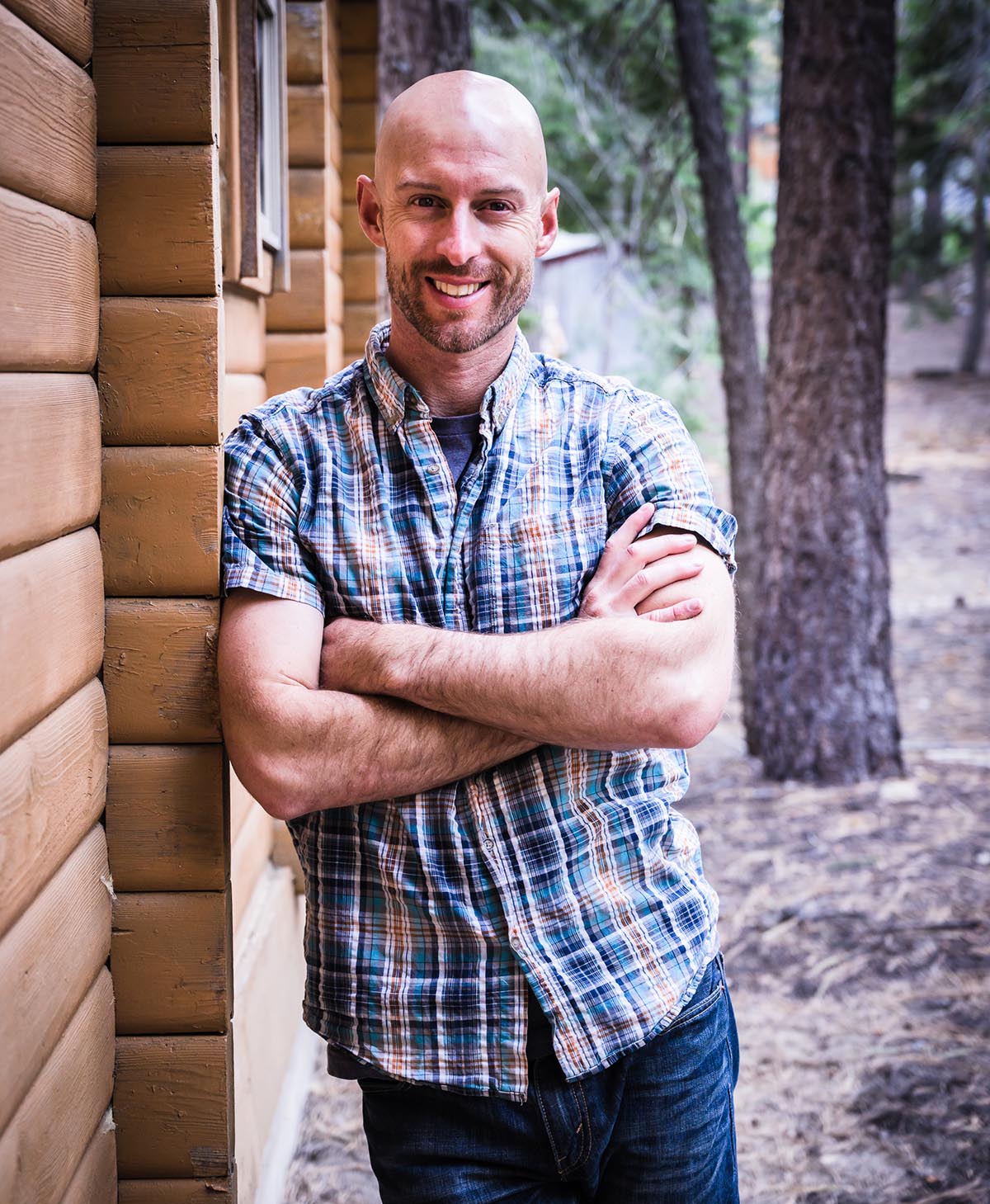
Adjust Exposure with Aperture and ISO
Joshua Cripps
[av_textblock size=” font_color=” color=” av-medium-font-size=” av-small-font-size=” av-mini-font-size=” av_uid=’av-k8oriei0′ id=” custom_class=” admin_preview_bg=”]
In the first part of this video we learned what a stop is in relation to exposure, so if you don’t know what that means go back and watch that first. We also learned how to use shutter speed to adjust our exposure by an arbitrary number of stops,
But since stops are simply a measure of the relative brightness of your photos, they aren’t limited to just shutter speed. Because we can also adjust our exposure by changing our aperture or our ISO.
In these cases, the principle is exactly the same as before: double the brightness of our photo, and that’s an exposure increase of one stop. Half the brightness of a photo and you’ve reduced exposure by a stop.
With ISO, this is easy and intuitive. Increase your ISO from 100 to 200 and you’ve made your camera twice as sensitive to light. Therefore your photo will be twice as bright, and voila, a change of one stop. The same is true if you go from 200 to 400, 800 to 1600, or even the other way to reduce exposure, for example, ISO 400 to ISO 200 is a loss of one stop.
Aperture is a little more complicated, thanks to our old friend Geometry. As you know, your aperture is a roughly circular opening in your lens, and the amount of light it lets in is a function of the area of that opening. But since the area of a circle increases proportionally to its radius squared, it means that when you change your f-number by a factor of 2, you’ve changed the area of your aperture by a factor of 4. And if you’re letting in four times as much or as little light, that’s a difference of two stops.
For example, let’s start with an aperture of f/8. If you double that to f/16, you’ve changed the radius of your aperture by a factor of 2, but you’ve changed the area of your aperture and the amount of light entering your camera by a factor of 2 times 2, or 4, because of this guy (pi r2), so that means you’ve changed your exposure by two full stops.
The other thing you have to keep in mind with aperture is that the bigger your f-number is the smaller your actual aperture becomes. So when you change from f/8 to f/16 you’ve actually made your photo darker by those two stops.
I know it’s a bit confusing, but in the end don’t worry if you don’t want to do this math, because most cameras are set up by default so that any three clicks of a dial is equal to one stop, whether you’re talking about shutter speed, ISO, or aperture.
Let’s go back to that f/8 and say you want to decrease exposure by a stop, well then all you have to do is click your aperture dial three times to make that happen, which incidentally puts you at f/11. Another stop would be another 3 clicks, putting us at a final aperture of f/16, which agrees with the theory before, phew! 🙂
So now we know what a stop is, and how to use our shutter speed, aperture, and ISO to change our exposure by any number of stops. And we’ve seen that no matter which setting we adjust, a stop is a stop is a stop, whether it’s shutter, aperture, or ISO. In the final video of this series you’ll learn why that is such a cool thing when it comes to making creative choices for your photography.
Be sure to check out part 3 where you’ll learn about the awesome creative things you can do when you adjust each setting independently, and how to use your knowledge of stops to balance your exposure.
Got another question? Check out our Landscape Photography FAQ here:
https://www.joshuacripps.com/landscape-photography-faq/
Be sure to subscribe to our newsletter and YouTube channel for even more landscape photography how-to.
Join Josh on Social!
http://instagram.com/joshuacrippsphotography
https://www.facebook.com/JoshuaCrippsPhotography
[/av_textblock]
share this article:





